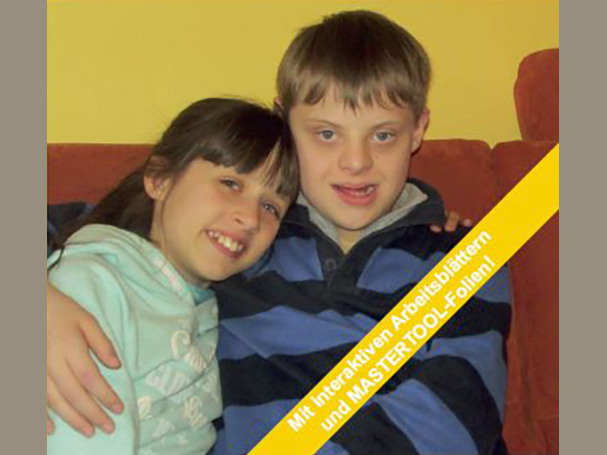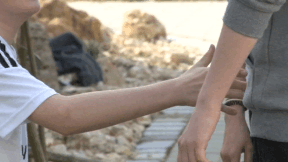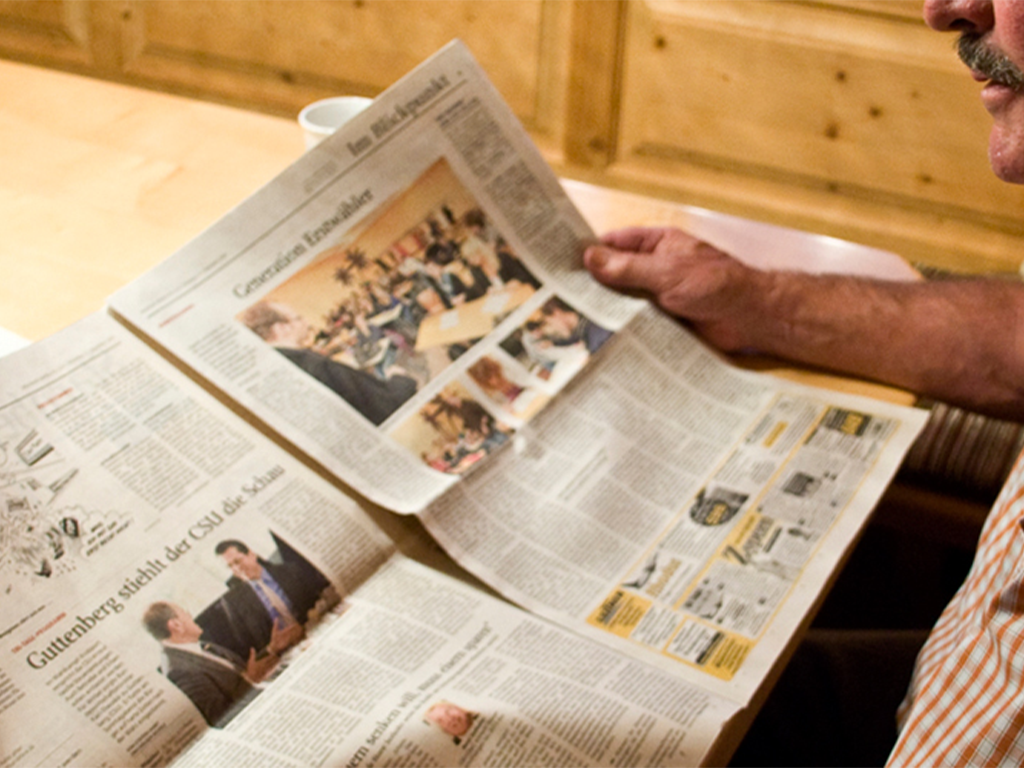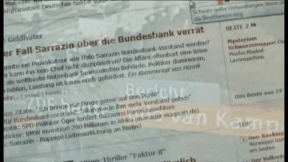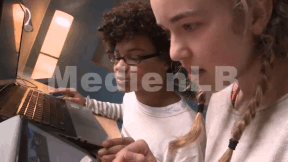 Biology
Biology
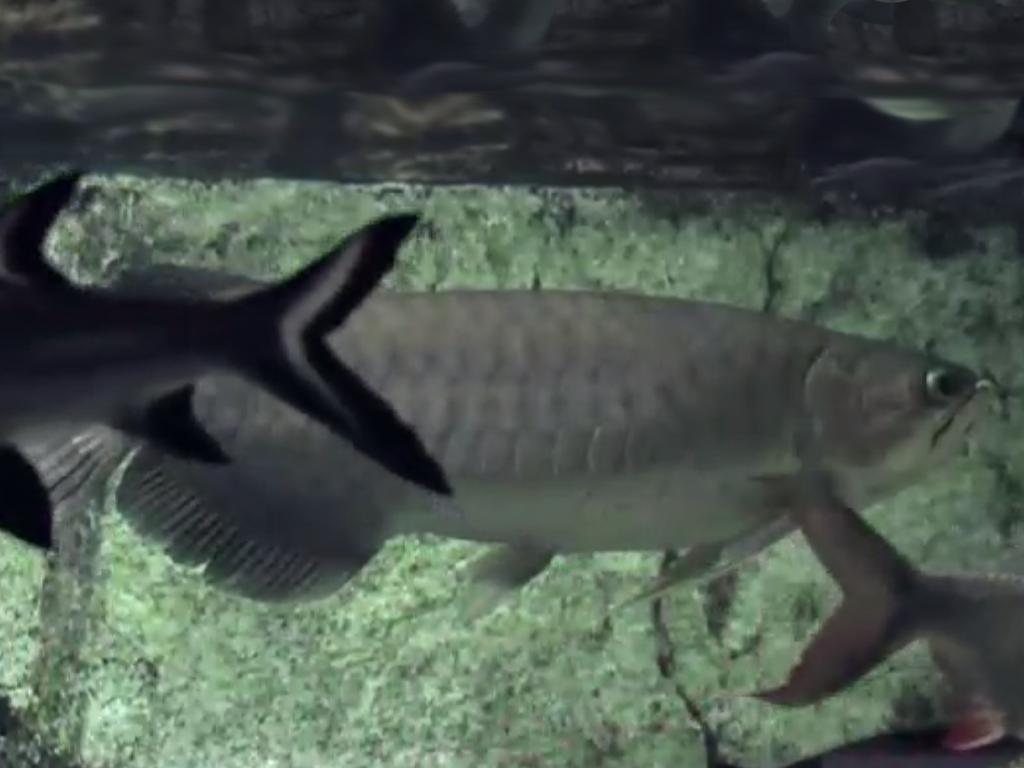

4655704 / 5550647
Fish
Vertebrates 1
This DVD offers a clearly structured overview of fish with an emphasis on the following aspects: The typical body build of fish and their adaptation to the water habitat are shown. The fish skeleton proves that they are vertebrates. Their sense organs (eyes, nose, barbels, lateral lines) are adjusted for survival in water. The skin is characterised by different kinds of scales. Free water fish, ground fish and surface fish are distinguished from each other by three typical mouth and body shapes. Locomotion in the water is made possible by different kinds of fins. Respiration through gills is a typical feature of fish. Herbivores possess typical characteristics distinguishing them from carnivores. Swarm fish and loners display different behaviour patterns. The film is divided into six menu items (chapters), which may be individually accessed and worked on. For this purpose, additional pictures, diagrams, texts or selected short film clips are offered, which can simply be called up by remote control.
Play trailer
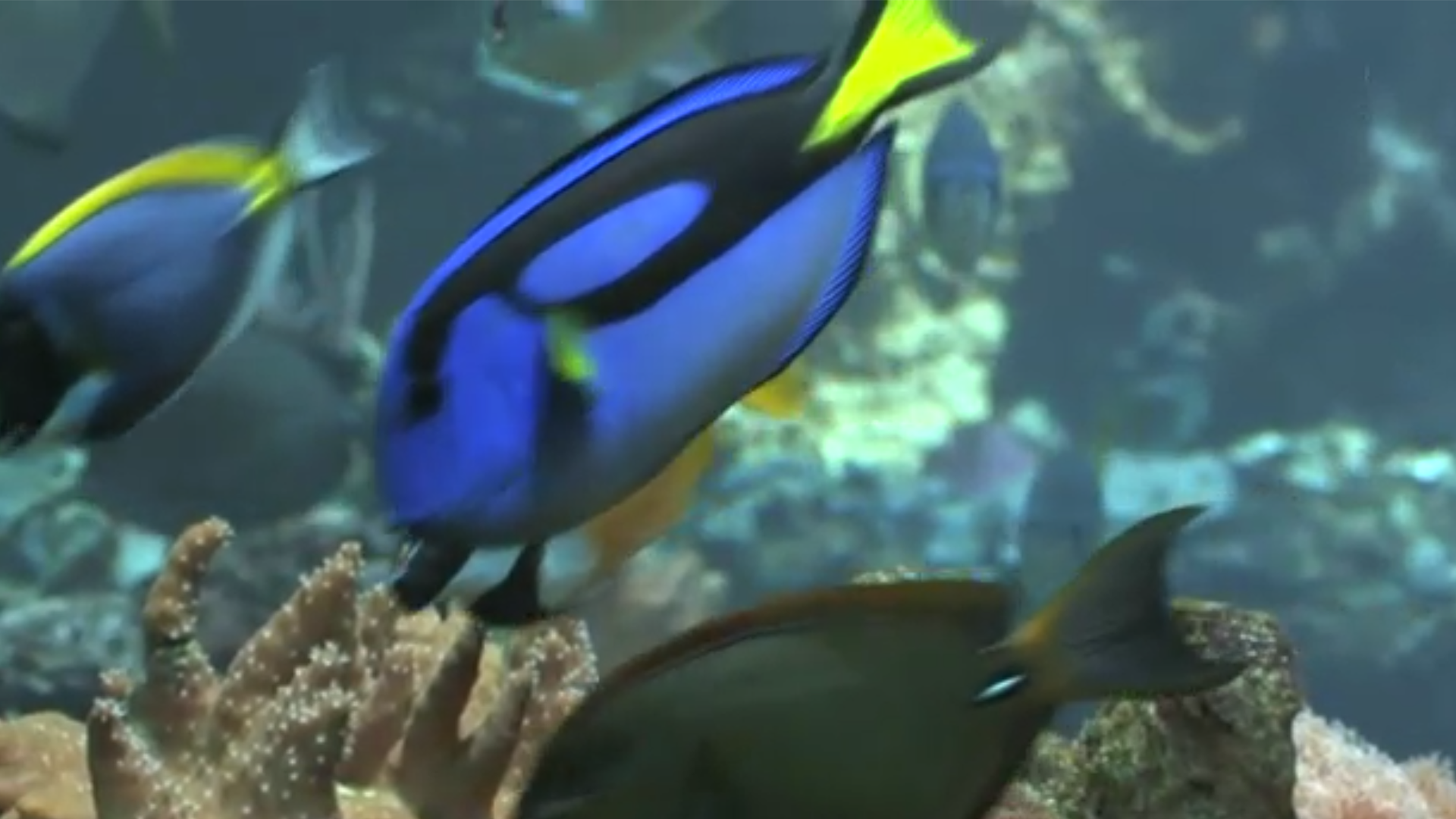
Curriculum-centred and oriented towards educational standards
Matching
The Daily Newspaper
Every day, there is a surge of news reaching us via different news channels. In spite of TV and Internet, the daily paper still is one of the most important main sources of news. But how is a newspaper created? The film shows the production of a paper in the course of one day. Starting with the editorial meeting in the morning, in which the topics and deadlines are determined, the film accompanies a journalist during her research work. You can see how a journalistic interview is conducted and what the photographer must consider when taking a press photo. Back in the editorial office, the editor’s work is illustrated, which includes the page layout and the writing of an online article in today’s time. Impressive pictures from the printing centre depict the process from the digital page to the finished newspaper. Together with the comprehensive accompanying material, the DVD is perfectly suited for use at school




